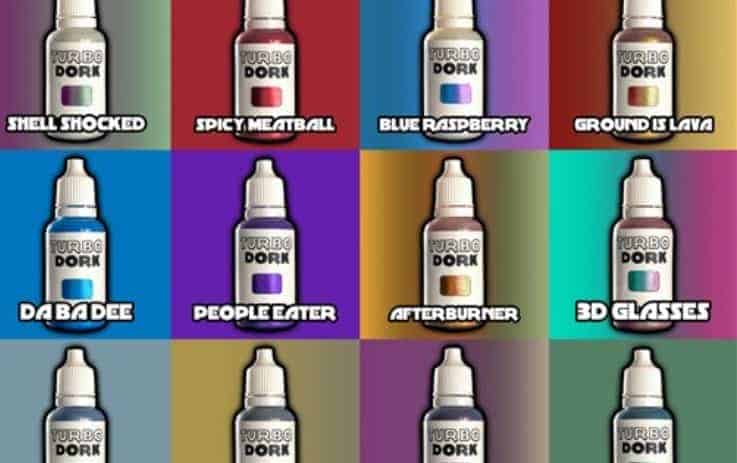

The black and white icon to the lower left of the Current Color Selection icon installs the default Black and White colorsĪs Primary and Secondary color slots respectively. The keyboard shortcut for this icon is C. The double headed arrow icon situated at the upper right of the Current Color Selection icon swaps the colors in the Primary and Secondary color slots. The overlapping squares in the upper left of the Colors Window show the currently selected Primary (foreground square) and

In expanded mode, the More button is renamed " Less".Ĭlicking the button in this form returns the Colors Window to its minimized (default) size. Hexadecimal values for the color in the active color slot are displayed and are editable within the text box. New hex values can be pasted into the text box to generate a new color. The RGB (Red, Green & Blue), HSV (Hue, Saturation & Value) and Opacity sliders are used to change the attributes of the color in the active color slot. The active color slot ( Primary or Secondary). The entire palette of 96 colors will be visible in the expanded window. Use the shortcut key C to quickly switch between Primary and Secondary colors.Ĭlick this button to expand the Colors Window to reveal detailed color information about the color held in The drop-down list has two options to activate either the Primary or Secondary color slots.Ĭhoosing an option activates the color slot. The color held in the slot will be used for subsequent editing operations. The Colors Window can be relocated by dragging it by the title bar. Or by holding down Ctrl + Shift and clicking the Colors Window icon. The window can be reset to its original position and size (including docking) by pressing Ctrl + Shift + F8 The Colors Window can be hidden by pressing the F8 key or clicking the Colors Window icon.Ĭlicking the Colors icon or pressing F8 key again toggles the visibility of the window back on. These may be considered 'slots' where any hue can be held for quick access. Many effects use both the Primary and Secondary color slots. allows two colors to be selected, a Primary color and a Secondary color. The Colors Window is used to set the Primary and Secondary colors and to manage palettes. FlexibilityĪcrylic paint films aren't keen on the extreme cold, so don't attempt to roll, unroll or flex acrylic paintings in temperatures below 45✯ as they will be more brittle.Revision Date: 14 April 2021 Colors Window Our inhouse chemists are at the forefront of acrylic technology and use the latest acrylic resins available for Liquitex materials, providing you with the best wet clarity possible. This color change is commonly called the wet-to-dry color shift and is most noticeable with dark transparent pigments like alizarin and less noticeable with light opaque pigments like cadmium yellow. As water leaves the emulsion, and the binder clarifies, the value of the color darkens. This milkyness slightly lightens the value of the color. When wet, an acrylic/water emulsion has a slightly milky appearance and becomes transparent as the paint dries. This way you are adding more of the acrylic/water emulsion to keep the formula and film stable. Instead you should dilute with an acrylic medium, which is essentially the same as the paint but without the color pigment. Why? Too much water will upset the balance and spread the acrylic polymer too thinly so the molecules can't reconnect properly to form a stable film.
Color shift paint full#
Once the water leaves the system via evaporation or absorption, the paint dries, creating a stable clear polymer film full of trapped colored pigment particlesĪcrylics should never be thinned with more than 25% water. Water is the vehicle for water-based acrylic and when combined with the binder, it creates a polymer emulsion.

They have little or no affinity for the surface to which they are applied Pigments can be organic, inorganic, natural and synthetic. They are milled to a tiny particle size and do not dissolve, but remain suspended in the paint. Pigment - pigments are granular solids which give paint its color.There are three main components in any acrylic paint - pigment, binder and vehicle: Water-based acrylic paint is composed of pigment particles dispersed in an acrylic polymer emulsion.


 0 kommentar(er)
0 kommentar(er)
